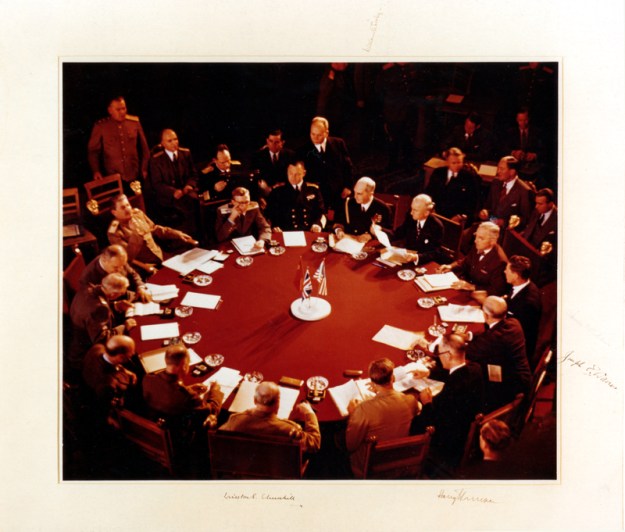In the Truman Presidential Library in Independence, Missouri, is a short, handwritten reply to Secretary of War, Henry Stimson. In effect, it was the authorization to drop the atomic bomb on Hiroshima.

Sec War
Reply to your 41011
suggestions approved
Release when ready
but not sooner than
August 2
HST
On July 30, 1945, Stimson sent an urgent, top secret message (No. WAR 41011) to Truman requesting approval of a statement announcing the use of the atomic bomb for release. A draft of the statement had been prepared previously, but with the Potsdam Declaration and the results of the Trinity test, the final draft and approval was needed.

When the Japanese response to the Potsdam Declaration, Mokusatsu, was interpreted by the Allied command as a rejection of unconditional surrender, the machinations to carry out the atomic bombings of Hiroshima and Nagasaki began.
No known written record exists in which Harry Truman explicitly ordered the use of atomic bombs against Japan. The final puzzle piece needed by Stimson for the Manhattan Project was the public announcement by Truman.
Truman wrote his reply on the back of Stimson’s message.
This handwritten order to Stimson, authorizing the release of a public statement, in effect is the closest document to such an order. Thus, “release when ready” for the public statement served as the final authorization.
